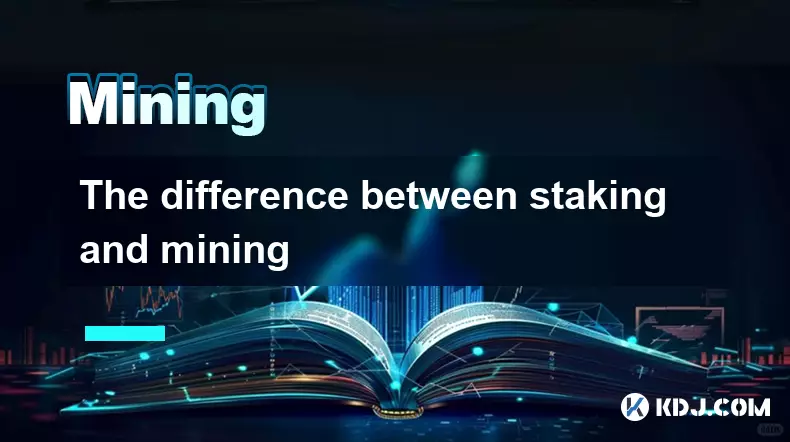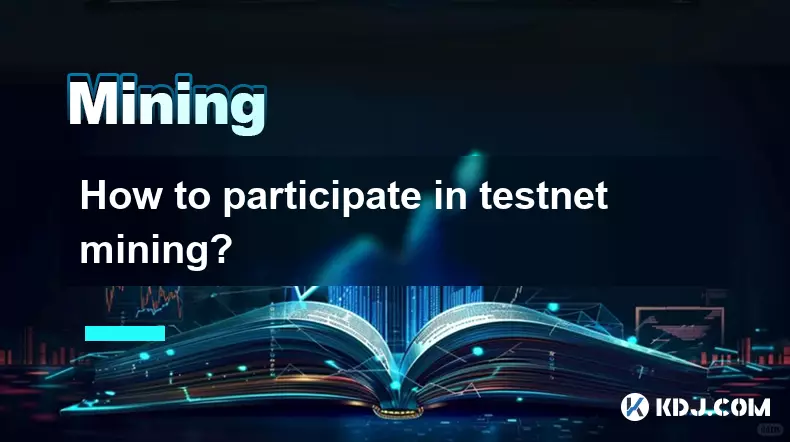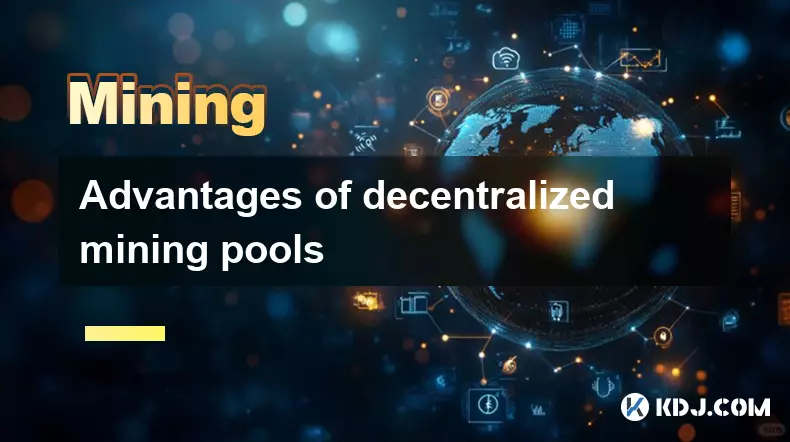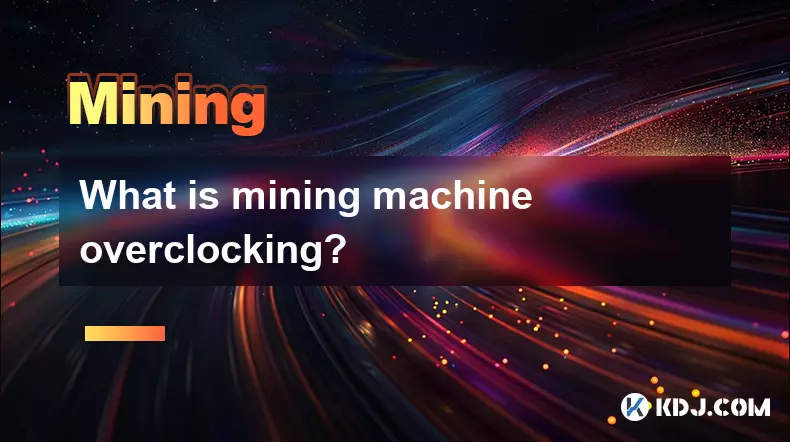-
 bitcoin
bitcoin $112195.049338 USD
2.42% -
 ethereum
ethereum $4124.915858 USD
2.81% -
 tether
tether $1.000570 USD
0.02% -
 xrp
xrp $2.861568 USD
2.25% -
 bnb
bnb $1000.346670 USD
3.04% -
 solana
solana $209.070819 USD
3.38% -
 usd-coin
usd-coin $0.999870 USD
0.02% -
 dogecoin
dogecoin $0.235379 USD
2.65% -
 tron
tron $0.335681 USD
-0.20% -
 cardano
cardano $0.803501 USD
3.38% -
 hyperliquid
hyperliquid $47.120881 USD
3.56% -
 chainlink
chainlink $21.501300 USD
3.44% -
 ethena-usde
ethena-usde $1.000571 USD
0.02% -
 avalanche
avalanche $29.793378 USD
3.62% -
 stellar
stellar $0.366964 USD
2.42%
How to build a silent mining rig
A silent mining rig uses low-noise components and optimized cooling to efficiently mine cryptocurrency without producing disruptive noise.
Jul 17, 2025 at 05:28 am

Understanding Silent Mining Rigs
A silent mining rig is a cryptocurrency mining setup designed to minimize noise while maintaining efficiency. Traditional mining rigs often generate significant noise due to high-speed fans and multiple GPUs operating simultaneously. The goal of a silent mining rig is to reduce this noise without compromising performance, making it suitable for home environments or shared spaces. To achieve silence, components must be carefully selected, and configurations optimized.
One of the primary considerations in building such a rig is selecting low-noise hardware. This includes quiet fans, passive cooling solutions where possible, and power-efficient graphics cards that do not require aggressive cooling. Additionally, acoustic dampening materials can be used inside the case to absorb vibrations and fan noise.
Selecting the Right Components
The foundation of a silent mining rig lies in choosing the right components:
- Graphics Cards (GPUs): Opt for models known for quiet operation and good hashrates. Cards like the NVIDIA GTX 1660 Super, AMD RX 570, or more recent energy-efficient models are commonly favored.
- Fans: Use low RPM fans with fluid dynamic bearings (FDB) or sleeve bearings, which tend to be quieter than ball-bearing fans.
- Case: A full-tower case with sound-dampening panels helps contain noise. Cases like the Fractal Design Define R6 or Phanteks Enthoo Pro 2 are popular choices.
- Power Supply Unit (PSU): Choose a fully modular PSU with an 80+ Gold certification and a semi-passive or fanless mode at lower loads.
- Motherboard: Look for a motherboard with support for multiple GPUs and BIOS features that allow undervolting and fan curve customization.
Each component should be evaluated not only for its performance but also for how it contributes to the overall noise level of the system.
Optimizing Cooling Without Noise
Effective cooling is essential for maintaining performance and longevity in a mining rig. However, achieving this silently requires strategic planning:
- Fan Curves: Adjust fan curves through software like MSI Afterburner to ensure fans spin only as fast as needed. Lower RPMs result in less noise.
- Passive Cooling Add-ons: Some users install passive heatsinks on VRAM and voltage regulator modules (VRMs) to reduce reliance on active cooling.
- Airflow Management: Ensure proper cable management and airflow within the case. Using fan filters can help reduce dust accumulation, preventing overheating and unnecessary fan speed increases.
- Room Placement: Place the rig in a well-ventilated area away from walls or furniture to prevent heat buildup and improve natural convection.
By combining these techniques, you can maintain optimal temperatures without generating disruptive noise.
Setting Up the Software Environment
Once the hardware is assembled, configuring the software side is crucial for both performance and silence:
- Operating System: Consider using a lightweight OS like Linux Ubuntu Minimal or specialized mining OSes like Awesome Miner or Mineral Linux.
- Mining Software: Popular options include Claymore’s Dual Miner, PhoenixMiner, or NBMiner. These tools allow fine-tuning of GPU settings to balance hashrate and power consumption.
- Undervolting and Overclocking: Through tools like MSI Afterburner, you can undervolt GPUs to reduce power draw and heat output. This allows fans to run slower while maintaining performance.
- Remote Monitoring: Set up remote access via SSH or VNC so you don’t need to keep monitors and peripherals connected, reducing additional noise sources.
These steps ensure your mining rig operates efficiently and quietly without constant manual intervention.
Acoustic Dampening Techniques
Even with quiet components and optimized cooling, some residual noise may remain. To further reduce sound levels:
- Soundproofing Foam: Line the interior of the case with acoustic foam panels designed for PC cases. These absorb vibrations and muffle fan noise.
- Anti-Vibration Mounts: Install rubber grommets or mounts for hard drives, SSDs, and even GPUs to prevent mechanical noise from resonating.
- External Enclosures: For extreme silence, consider placing the entire rig inside a soundproofed enclosure or closet with proper ventilation ducting.
- Ducting Systems: Use flexible ducts to channel intake and exhaust air outside the room, minimizing the spread of residual noise and heat.
These methods are especially useful for rigs placed in living areas or shared workspaces.
Frequently Asked Questions
Q: Can I use laptop GPUs for a silent mining rig?Laptop GPUs are generally not recommended for mining due to their limited performance and thermal headroom. They are also harder to cool effectively, making them unsuitable for continuous mining operations.
Q: How much does it cost to build a silent mining rig?Cost varies based on component selection. A basic setup can start around $800–$1,200, depending on whether you source new or used parts. High-end builds with premium components can exceed $2,000.
Q: Is it possible to mine without any fans at all?While fully passive cooling is technically possible, it is extremely difficult to achieve with modern GPUs under load. Most silent mining setups rely on very slow-spinning fans combined with advanced cooling strategies.
Q: Do silent mining rigs affect mining profitability?Efficiency depends on how well the system is optimized. If temperatures are kept in check and undervolting is properly configured, profitability should not be significantly impacted compared to standard rigs.
Disclaimer:info@kdj.com
The information provided is not trading advice. kdj.com does not assume any responsibility for any investments made based on the information provided in this article. Cryptocurrencies are highly volatile and it is highly recommended that you invest with caution after thorough research!
If you believe that the content used on this website infringes your copyright, please contact us immediately (info@kdj.com) and we will delete it promptly.
- PM Modi, RSS Centenary, and a Postage Stamp: A Curious Intersection
- 2025-09-29 18:45:12
- Ethereum ETF, Bitcoin ETF, and Investor Nerves: A New York Minute on Crypto
- 2025-09-29 18:25:14
- Ripple, Ondo Finance, and Tokenized Treasuries: A New Era for Institutional DeFi
- 2025-09-29 19:05:13
- Navigating the Crypto Seas: Federal Reserve, Bitcoin, and Interest Rate Tides
- 2025-09-29 18:25:14
- RSS Centenary: A Commemorative Coin and a Century of Impact
- 2025-09-29 18:45:12
- Avantis Crypto Price Crash Amidst Soaring Perpetual Volume: What's Going On?
- 2025-09-29 18:30:01
Related knowledge

The difference between staking and mining
Sep 24,2025 at 05:18am
Understanding Staking in the Cryptocurrency Ecosystem1. Staking involves holding funds in a cryptocurrency wallet to support the operations of a block...

How to participate in testnet mining?
Sep 22,2025 at 09:18am
Understanding Testnet Mining in the Crypto Ecosystem1. Testnet mining is a method used by blockchain developers to simulate real-world conditions on a...

How to dispose of abandoned mining machines?
Sep 19,2025 at 08:19pm
Assessing the Condition of Abandoned Mining Rigs1. Begin by inspecting each mining machine for visible damage, corrosion, or missing components. Machi...

How to identify high-quality mining pools?
Sep 21,2025 at 03:19pm
Reputation and Track Record1. A mining pool’s reputation is built over time through consistent performance and transparency. Pools that have operated ...

Advantages of decentralized mining pools
Sep 20,2025 at 04:36pm
Enhanced Security and Resistance to Censorship1. Decentralized mining pools operate on blockchain-based smart contracts, eliminating the need for a ce...

What is mining machine overclocking?
Sep 21,2025 at 07:19pm
Understanding Mining Machine Overclocking1. Mining machine overclocking refers to the process of increasing the operating frequency of a cryptocurrenc...

The difference between staking and mining
Sep 24,2025 at 05:18am
Understanding Staking in the Cryptocurrency Ecosystem1. Staking involves holding funds in a cryptocurrency wallet to support the operations of a block...

How to participate in testnet mining?
Sep 22,2025 at 09:18am
Understanding Testnet Mining in the Crypto Ecosystem1. Testnet mining is a method used by blockchain developers to simulate real-world conditions on a...

How to dispose of abandoned mining machines?
Sep 19,2025 at 08:19pm
Assessing the Condition of Abandoned Mining Rigs1. Begin by inspecting each mining machine for visible damage, corrosion, or missing components. Machi...

How to identify high-quality mining pools?
Sep 21,2025 at 03:19pm
Reputation and Track Record1. A mining pool’s reputation is built over time through consistent performance and transparency. Pools that have operated ...

Advantages of decentralized mining pools
Sep 20,2025 at 04:36pm
Enhanced Security and Resistance to Censorship1. Decentralized mining pools operate on blockchain-based smart contracts, eliminating the need for a ce...

What is mining machine overclocking?
Sep 21,2025 at 07:19pm
Understanding Mining Machine Overclocking1. Mining machine overclocking refers to the process of increasing the operating frequency of a cryptocurrenc...
See all articles










































































